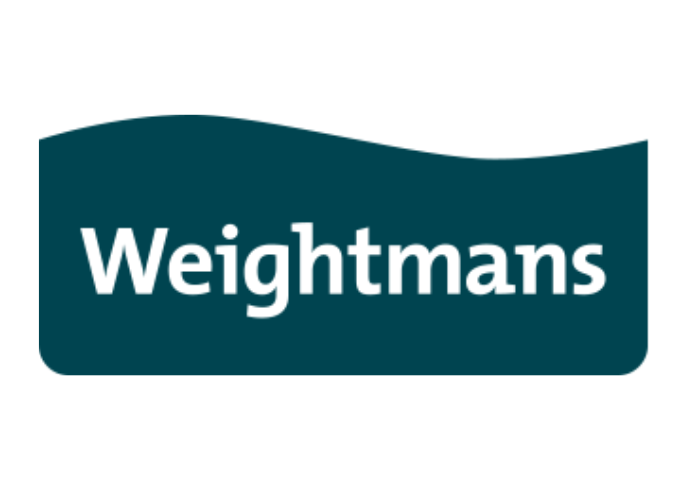
The FCA published its final report on the Product Oversight and Governance thematic review for General Insurance and Pure Protection (PROD 1.4 and 4) in Aug 2024 (linked below). The focus is on requirements to ensure these financial products meet customer needs and offer fair value. The report points out how this is particularly important given the cost of living crisis.
While FCA investigations do highlight some good industry practices, there is no doubt that this strongly-worded report should be seen as an urgent call to many whom the FCA perceives to be falling short of essential product governance requirements. Critically, the report points out “real risk of harm to customers” from failure to meet obligations in this area.
To quote: “We are very disappointed to see many firms… failing to meet their regulatory obligations under PROD fully, despite our extensive previous work and the clear expectations we have set”
The report states firms must urgently address identified shortcomings and ensure compliance with PROD 4 (the relevant section of the FCA Handbook of rules and guidance – linked below). Regulatory actions may be taken against firms failing to meet obligations, including product withdrawal and customer redress. The reports points to the actions taken by the FCA around GAP insurance as an example.
Product Oversight is, at its heart, about producing and maintaining products that work well for customers. Good Product Oversight creates space and evidence for stakeholders to consider actual outcomes for customers and drive ongoing improvement. Such high standards lead to more satisfied customers and a better reputation – what’s not to love?
Done well and embedded into decision making, Product Oversight can add huge value to a business. Personally, I have found engaged Product Oversight Governance to be particularly useful to drive communication for customer-driven innovation and would encourage any business that wishes to thrive to embrace it.
In summary, what are firms expected to do?
- Manufacturers and their senior managers must have effective product governance processes and perform Fair Value Assessments that: Give robust oversight and challenge, supported by appropriate Management Information, data and analysis. Reach clear and appropriate judgements on a product’s value with evidence about how those judgements were made Proactively identify and address value problems.
- Distributors and their senior managers must: Understand and align with the manufacturer’s distribution strategy and target market and implement controls to ensure these are followed. Assess the impact of activities and remuneration on product value. Identify problems and act promptly to address these.
It is essential to consider good structures and evidence for all of the above.
Examples of key themes around challenges seen in this investigation:
This investigation spanned 67 different insurance product manufacturers and distributors across 10 General Insurance and Pure Protection products.
Examples of good practice and shortcomings are set out in the report, but some of the key problem themes are listed below:
1. Product Governance Arrangements:
- Inconsistencies or lack of effectiveness in product oversight and governance.
- Lack of effective frameworks to ensure products offer fair value.
- Issues with evidence of product approval, decision-making processes, escalation process.
- Lack of evidence of proactive actions taken to resolve problems.
2. Fair Value Assessments (FVAs):
- Fair value should be considered with reference to the cost at point of purchase. Many firms did not adequately consider the total price paid, including distribution costs.
- Insufficient MI and data to monitor and assess value.
- Failure to demonstrate how fair value is assessed for all customer groups, including vulnerable ones.
- Few distributors adequately assessed the impact of remuneration on product value.
- Lack of clarity and breakdown of total remuneration.
3. Target Market:
- Target market statements are often too high-level and lack detail.
- Risks of products being sold to customers outside the intended target market, for instance by distributors and manufacturers not being aligned or with insufficient detail.
4. Distribution Arrangements:
- Inadequate information provided to distributors about product value and target market, and/or failure to align and amend strategies.
- Poor monitoring of distribution channels and their impact on product value.
5. Co-Manufacturing:
- Lack of clear agreements and understanding of responsibilities in co-manufacturing arrangements.



